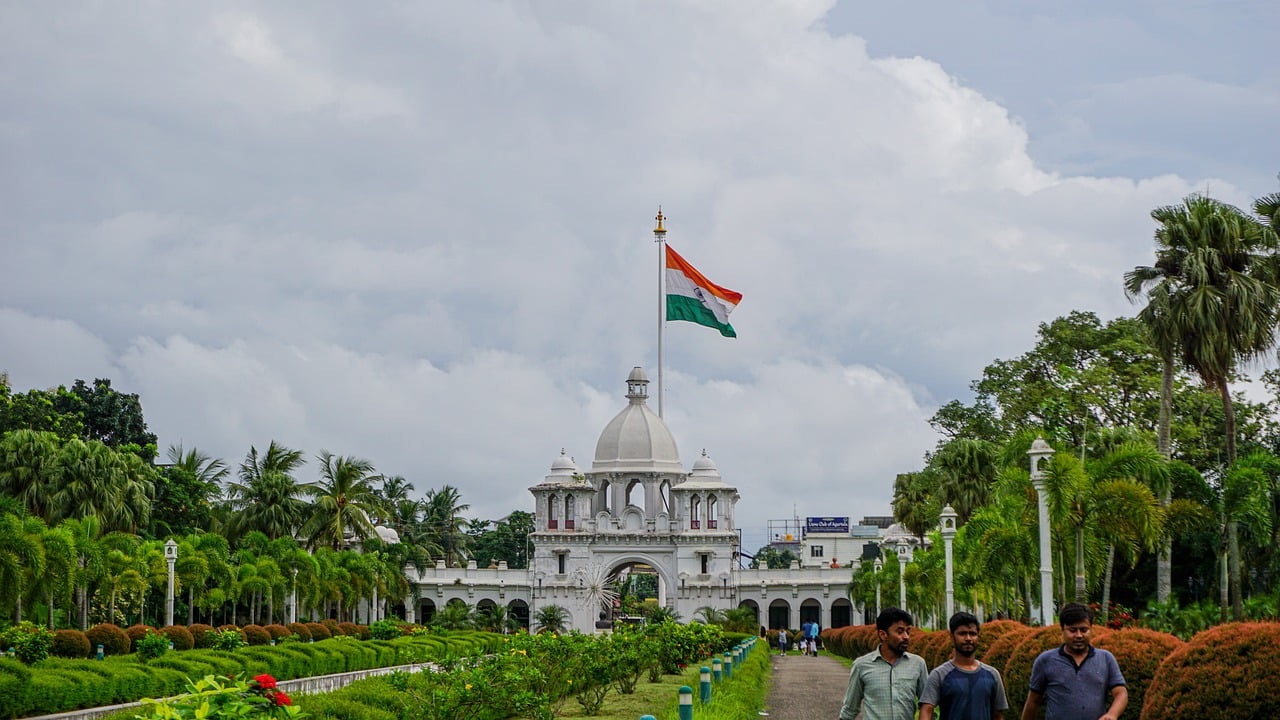India’s economic story is one of remarkable progress and immense potential. With a rapidly growing population and a young workforce, the country is poised to become a global economic powerhouse. However, navigating the path to sustained growth comes with its own set of challenges.
India’s Growth Trajectory:
- Impressive Rise: Since the early 2000s, India has witnessed impressive economic growth, averaging 6-7% annually. This growth has been driven by factors like a vibrant services sector, increasing foreign investments, and a growing domestic market.
- The Recent Boom: The Indian economy rebounded strongly in 2022 after the initial shock of the COVID-19 pandemic. The National Statistical Office (NSO) projects a GDP growth rate of 7.5% for FY 2023-24, with some estimates even suggesting it could reach 8%.
- Looking Ahead: The International Monetary Fund (IMF) predicts a growth rate of 6.7% for FY 2024 and 6.5% for the following two years. The World Bank is slightly more optimistic, with a projected growth of 6.6% for FY 2024-25, rising in subsequent years.
Potential Challenges to Consider:
- Inflation: Rising inflation, particularly for food and fuel, is a major concern for the Indian economy. This can erode purchasing power and dampen consumer spending.
- Unemployment: Despite economic growth, unemployment remains a challenge, especially among the youth. Skill development and job creation are crucial to address this issue.
- Global Uncertainties: The ongoing war in Ukraine, rising interest rates, and a potential global slowdown could negatively impact India’s exports and economic growth.
- Infrastructure Bottlenecks: Inadequate infrastructure in areas like transportation, power, and logistics can hinder the further growth of the economy.
The Road Ahead:
India’s economic future depends on its ability to address these challenges effectively. Here are some key areas of focus:
- Promoting Investment: Attracting foreign and domestic investment in key sectors like manufacturing and infrastructure is crucial for sustained growth.
- Developing Skills: Investing in skill development programs and education is essential to create a workforce that can meet the demands of the evolving job market.
- Boosting Exports: Expanding India’s export base through trade agreements and building a competitive manufacturing sector can drive economic growth.
- Infrastructure Upgrade: Investing in infrastructure development will improve connectivity and facilitate trade and business activity.
India’s economic story is still being written. While the country faces challenges, its potential for growth remains undeniable. By implementing effective policies, addressing social issues, and fostering innovation, India can navigate its path towards becoming a truly global economic leader.










Be First to Comment